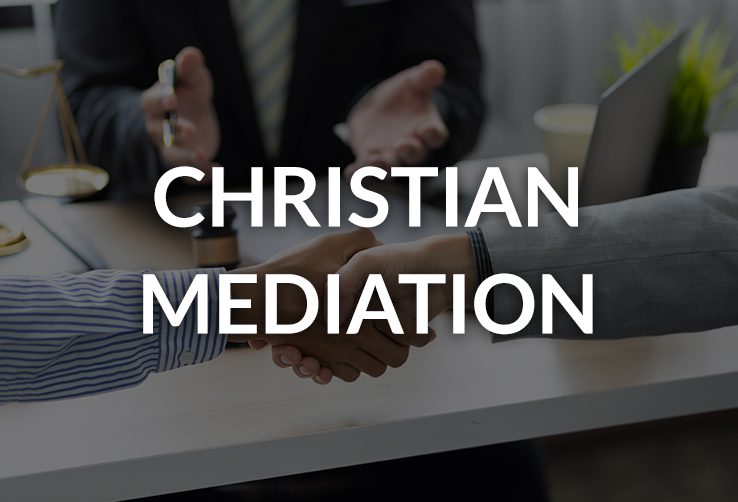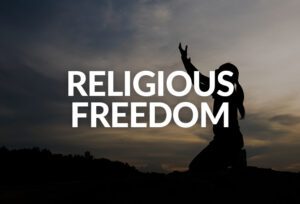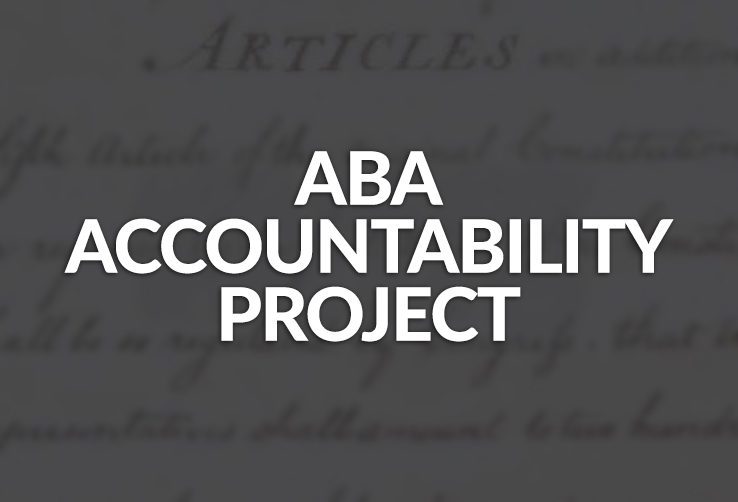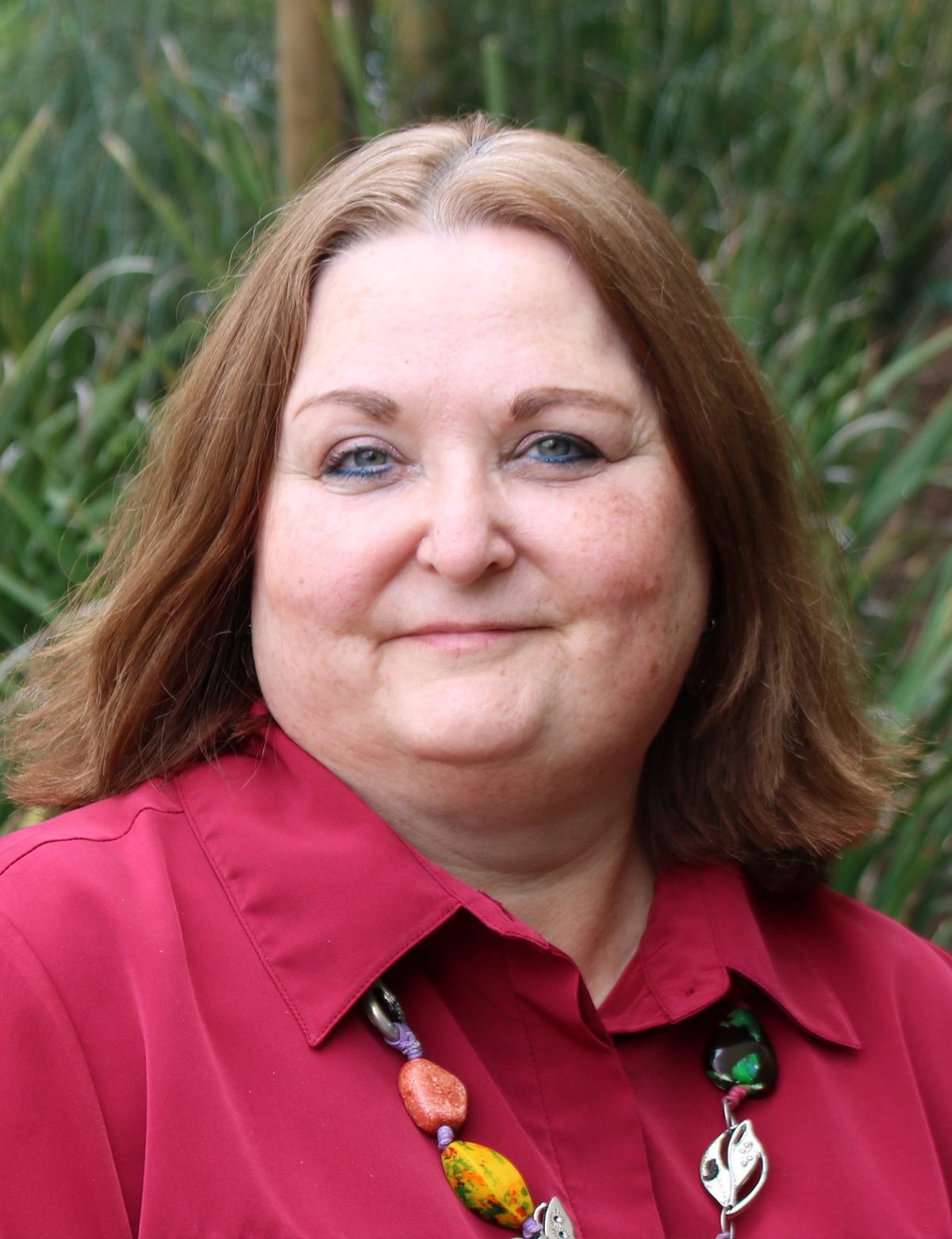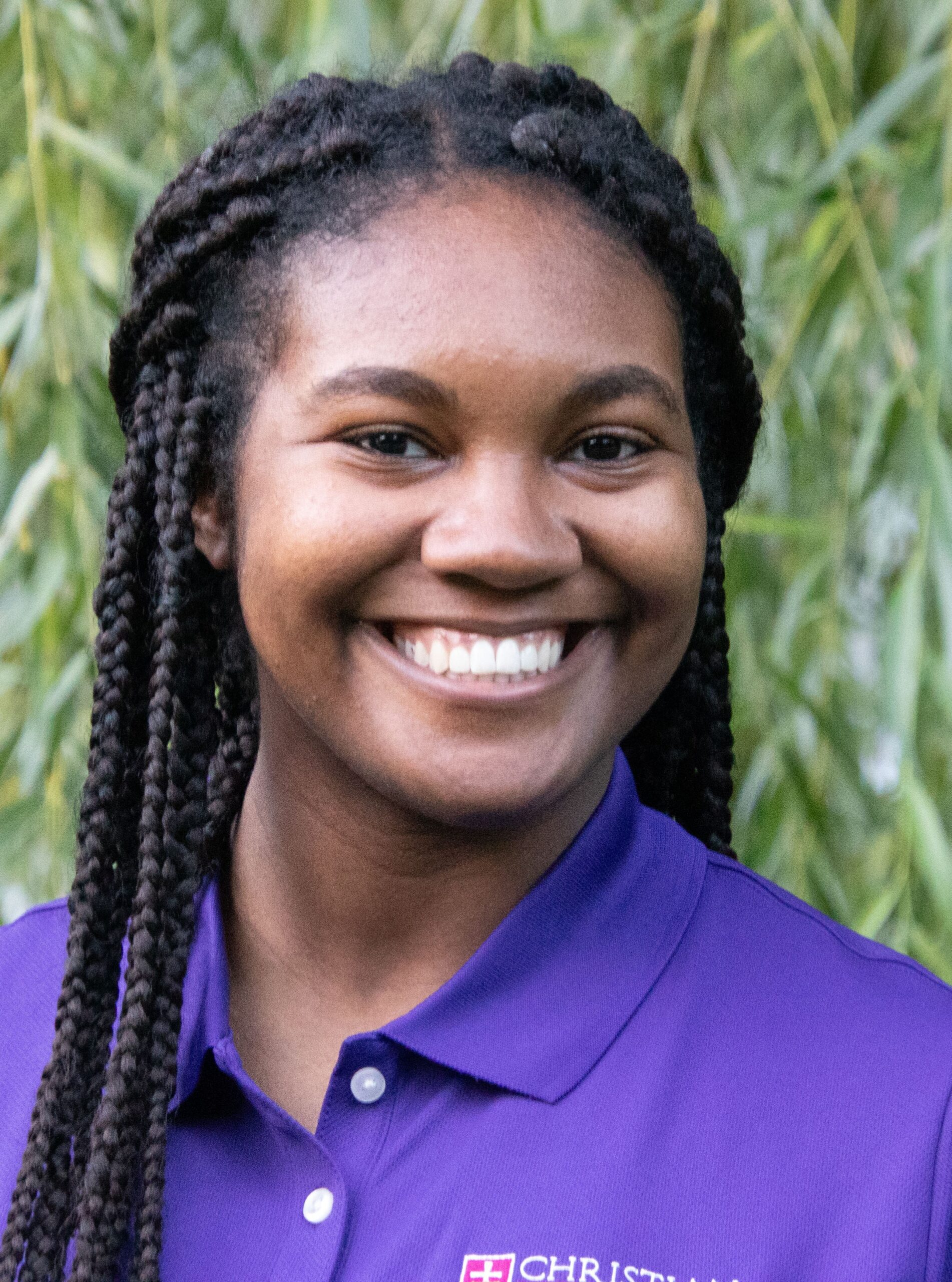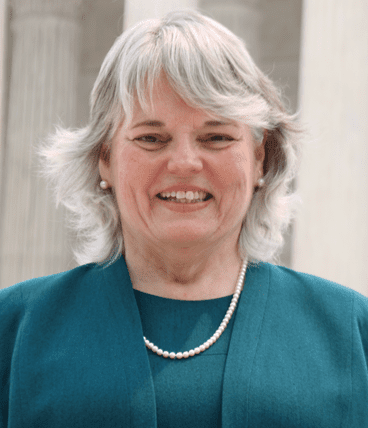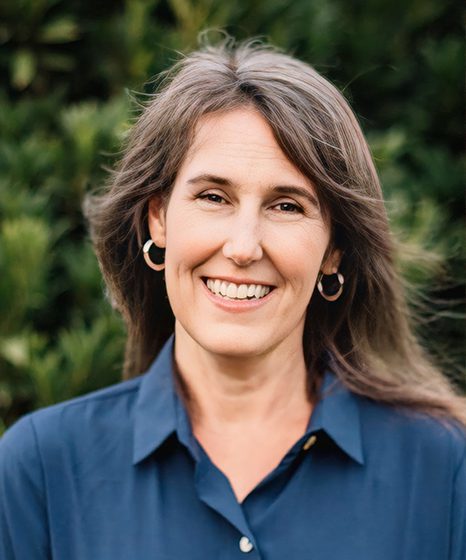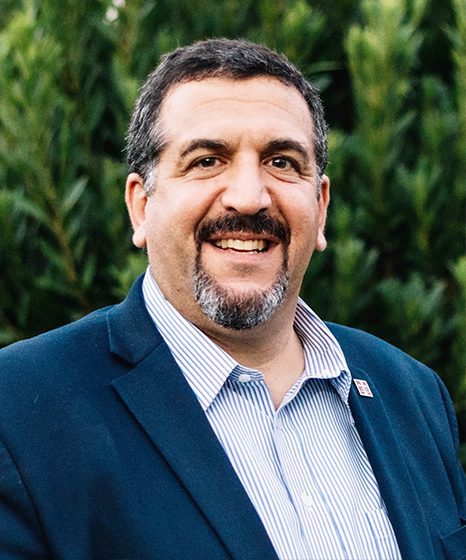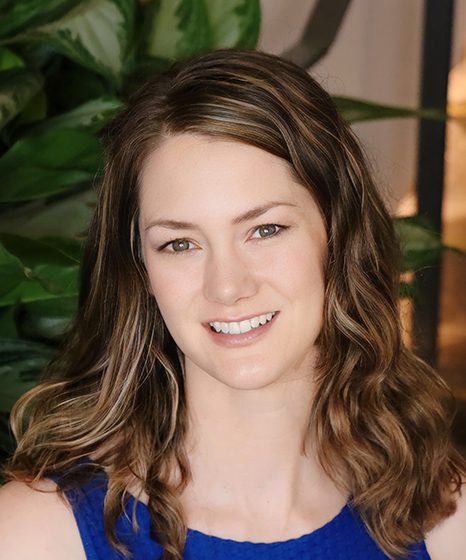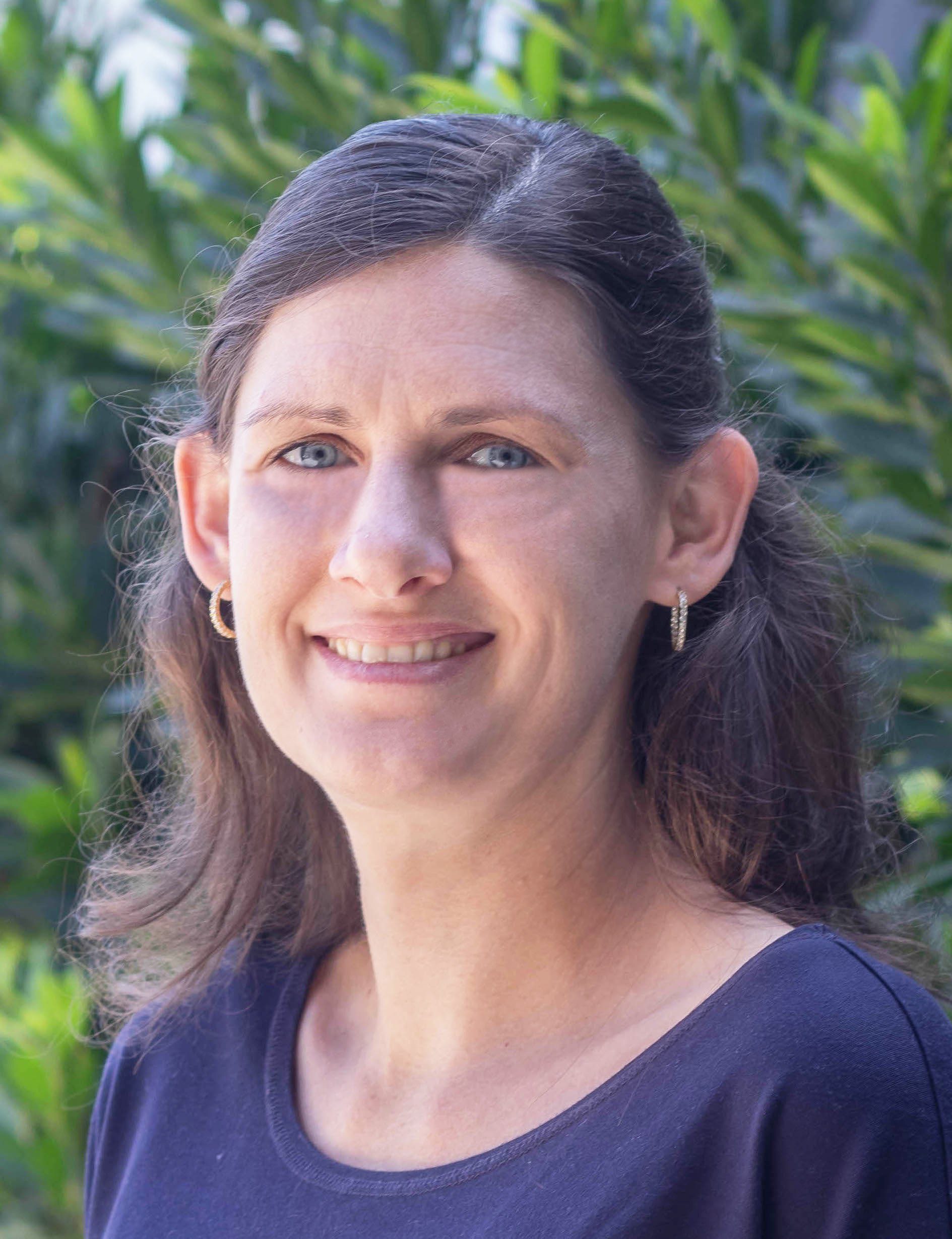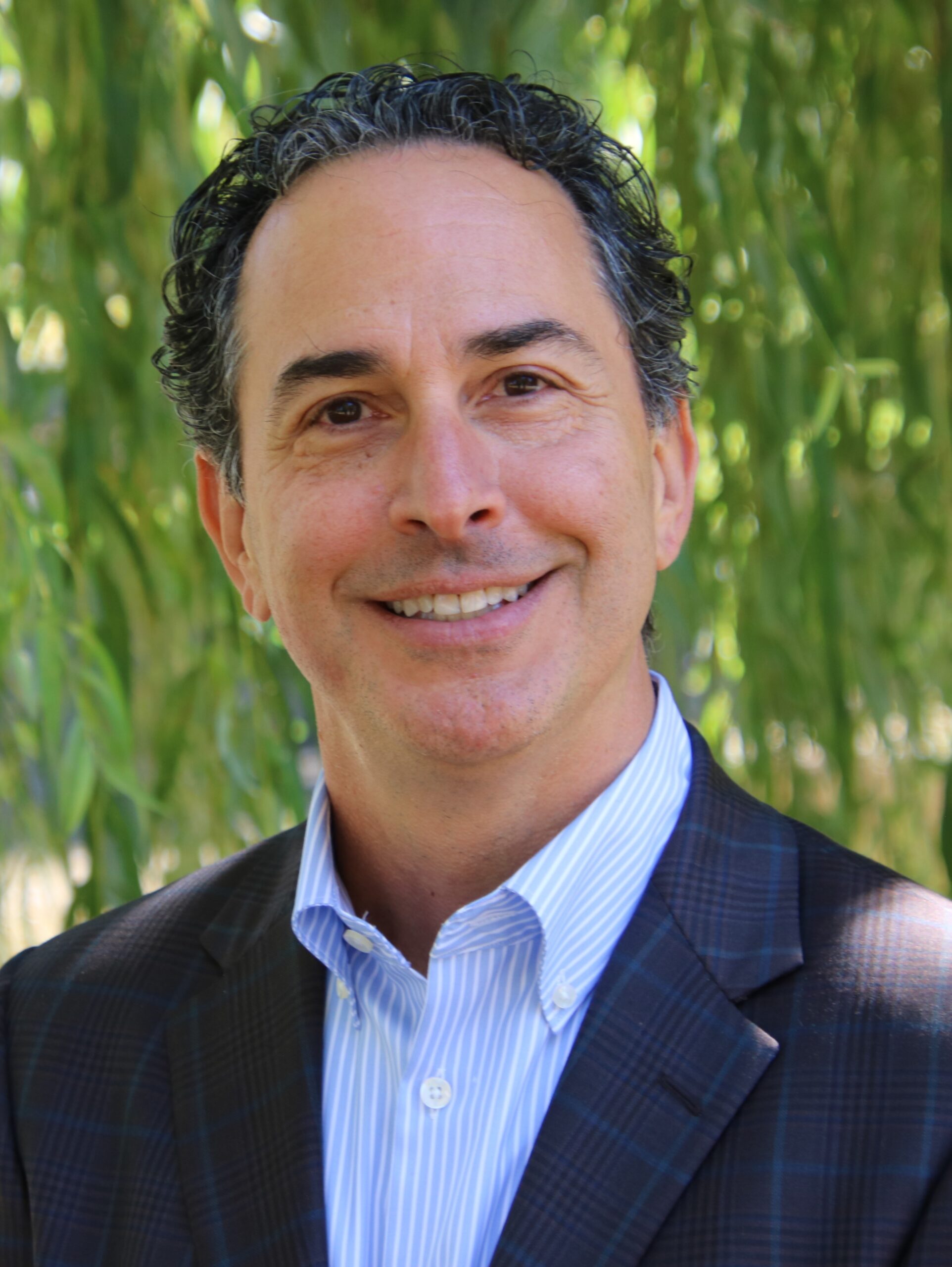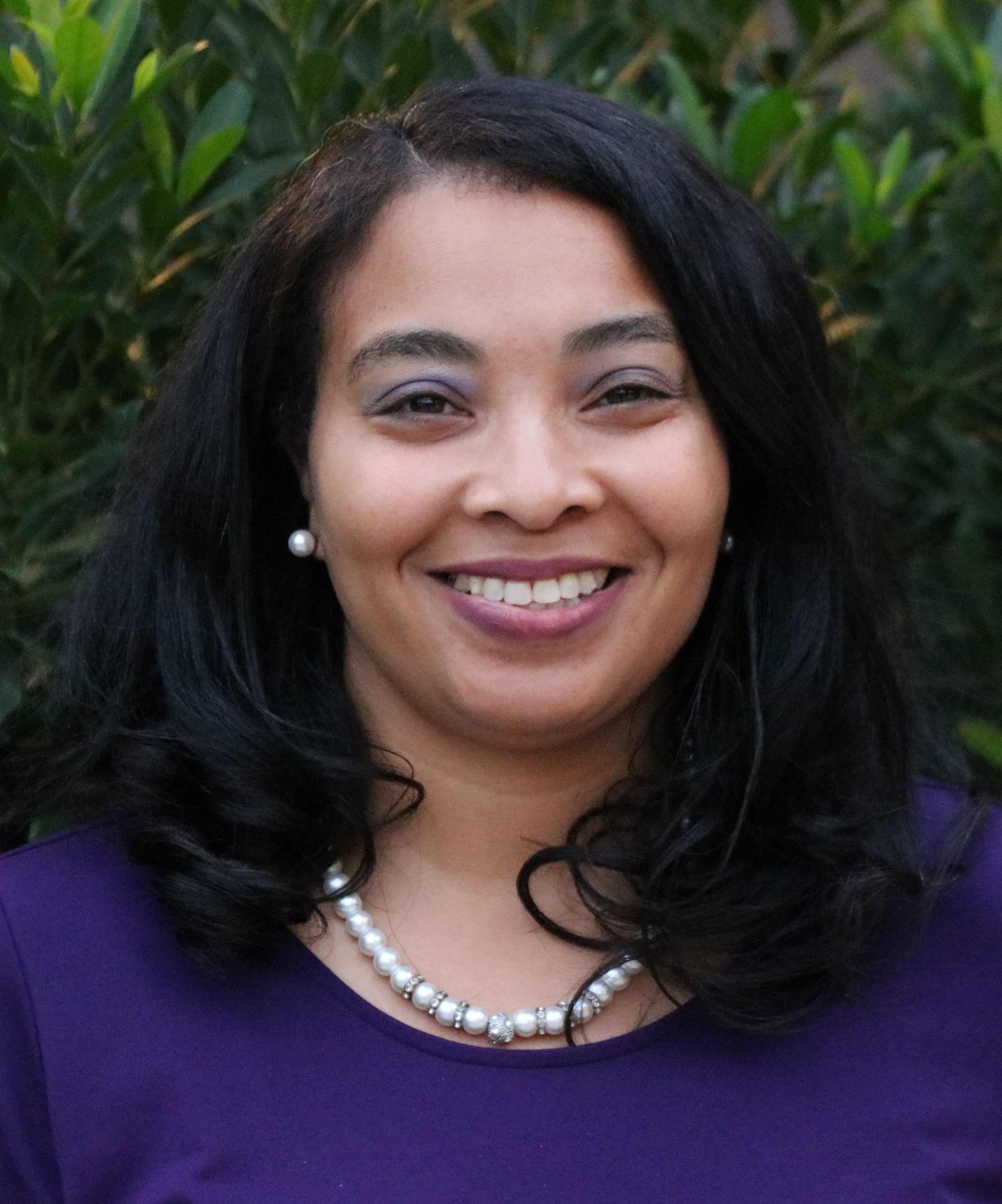Religious Education
But such truths seem to be increasingly colliding with so-called “social equality” rights pushed by vocal proponents. Most recently, by a narrow majority, the United States Supreme Court ruled in late June 2015 that same-sex couples have a “fundamental right” to marry. As a result, religious institutions and individuals are likely to face various conflicts between this newly created constitutional right and their religious freedom and free speech.
Christian schools, along with their administrators and staff, need to know the practical reasons for upholding marriage between one man and one woman, and be prepared for new laws that do not necessarily provide adequate protections for religious persons and for “test” cases seeking to push the limits of existing laws.
CLS seeks to educate religious schools and their administrators and staff about current critical legal issues and to help them navigate through these legal minefields of sexuality-related issues, particularly in light of rapidly shifting cultural norms and accompanying legal changes. CLS’ Guidance for Christian Schools & Colleges includes a webinar and a white paper, both of which provide valuable information, as well as model language for religious schools to use.
Guidance for Christian Schools & Colleges
In addition to the above resources, Kim Colby, Director of CLS’ Center for Law and Religious Freedom, wrote two articles addressing these current struggles and surrounding issues: Practical Steps that Religious Institutions Should Consider in a Post-Obergefell World and The Current Legal Landscape Regarding Same-sex Marriage, Religious Liberty, and Nondiscrimination Law. These articles are a great overview to the resources above.
The Religious Freedom Institute published Kim Colby’s blogpost, Whose Shame?, addressing California’s attempt to shame religious colleges for claiming their Title IX exemptions.




